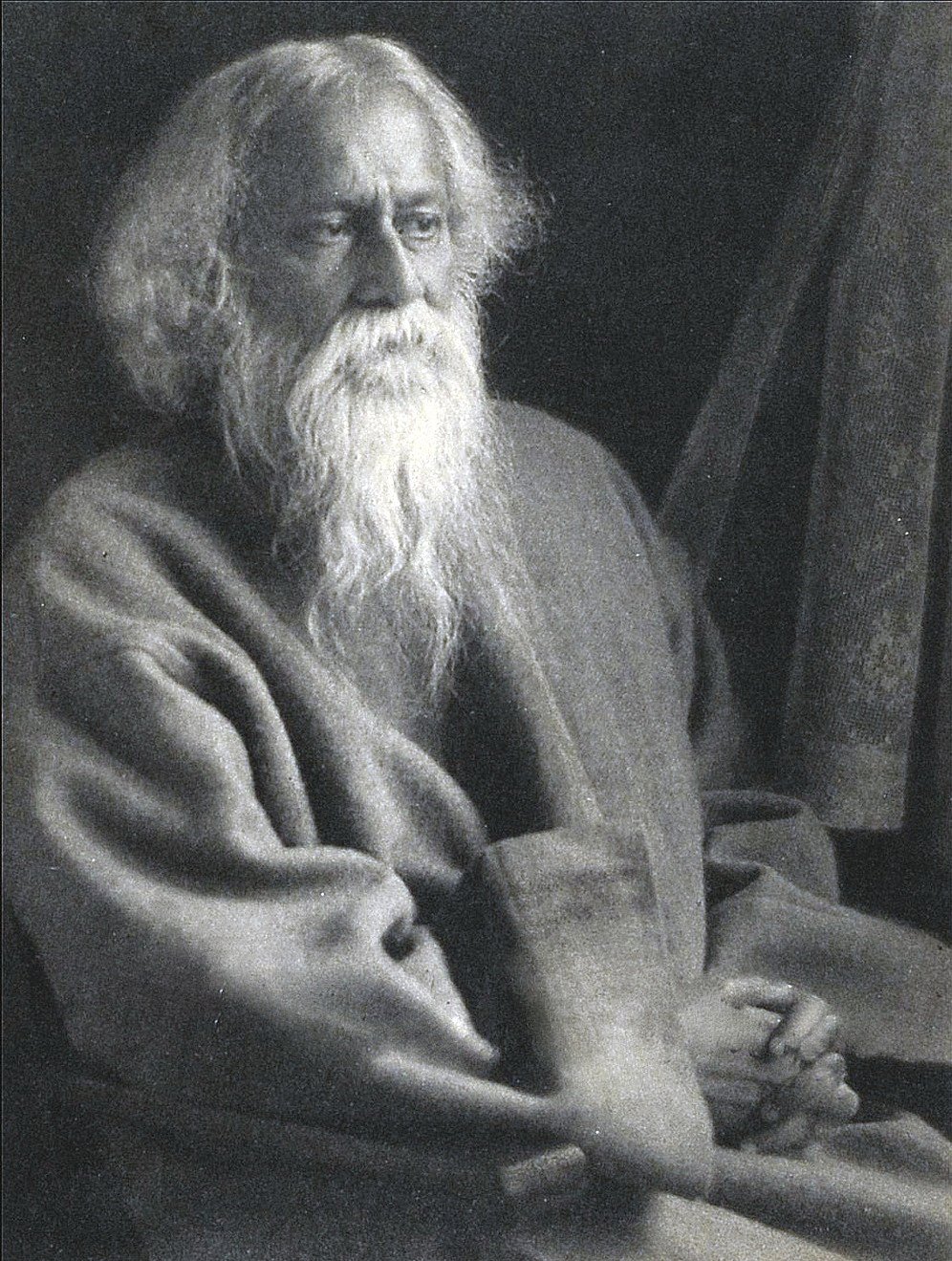Rabindra Jayanti 2022: Celebrating the life of an Indian Nobel Laureate
Tagore's Bengali originals—the 1939 Rabīndra Rachanāvalī—is canonised as one of his nation's greatest cultural treasures, and he was roped into a reasonably humble role: "the greatest poet India has produced"

Rabindranath Tagore | Wikimedia Commons
Rabindra Jayanti is a cultural celebration to mark the birth anniversary of the luminary, Nobel Peace Prize laureate Rabindranath Tagore on his birth anniversary. Celebrated annually and globally in May, Rabindranath Tagore Jayanti falls on the 25th day of the Bengali month of Boishakh. Tagore was born on the day in the year 1268, according to the Bengali calendar and 1861 AD, as per the Gregorian calendar. Tagore was also referred to as ‘Gurudev’, ‘Kabiguru’, and ‘Biswakabi’.
It is celebrated in early May, on the 25th day of the Bengali month of Boishakh, since Tagore was born on this day of the year 1268 (1861 AD) of the Bengali calendar.
Every year, numerous cultural programmes & events, such as : Kabipranam – the songs (Rabindra Sangeet), poetries, dances and dramas, written and composed by Tagore, are organised in this particular day, by various schools, colleges and universities of Bengal, and also celebrated by different groups abroad, as a tribute to Tagore and his works.
Throughout the globe, Tagore's birth anniversary is largely celebrated at Santiniketan, Birbhum in West Bengal, chiefly in Visva-Bharati University, the institution founded by Tagore himself for the cultural, social and educational upliftment of the students as well as the society. Government of India Issued 5 Rupees coin in 2011 to mark the 150 Birth Anniversary in the honor of Rabindranath Tagore.
Tagore is a significant part of every Bengali’s heart and soul. From his short stories to songs and plays, an average Bangali refers to Tagore and cites Kobiguru as he is fondly remembered in every circumstance of life, in joy, sorrow, agony or pain.
WHEN IS RABINDRA JAYANTI 2022?
Rabindranath Tagore’s birth anniversary falls on the 25th day of the Bengali month of Boishakh, or Pochishe Boishakh. To simply this further, Rabindra Jayanti is celebrated on Pochishe Boishakh as per the Hindu calendar, which is near May 7 on the Gregorian calendar. In 2022, Rabindra Jayanti will be observed on May 9.
HOW IS RABINDRA JAYANTI CELEBRATED?
Several cultural programmes and events are held all across Bengal to celebrate Rabindra Jayanti. Schools and colleges also conduct events wherein students perform dance and dramas, written and composed by Tagore. Cultural groups abroad also pay tribute to Tagore on Rabindra Jayanti.
In Santiniketan, Birbhum in West Bengal, Rabindra Jayanti celebrations are nothing short of delightful. Santiniketan was established by Devendranath Tagore, and later expanded by Rabindranath Tagore. The Visva-Bharati University in Santiniketan was founded by Tagore for the cultural, social and educational benefit of the students as well as the society.
RABINDRANATH TAGORE AND HIS WORKS
The first non-European to win the Nobel Prize in Literature in 1913, Rabindranath Tagore’s novels, stories, songs and dramas were acclaimed as well as criticised for their lyricism and colloquialism. Gitanjali, Gora and Ghare-Baire are his best-known works. His compositions were chosen by two nations as national anthems: India's Jana Gana Mana and Bangladesh's Amar Shonar Bangla.
TAGORE'S LEGACY
Every year, many events pay tribute to Tagore: Kabipranam, his birth anniversary, is celebrated by groups scattered across the globe; the annual Tagore Festival held in Urbana, Illinois (USA); Rabindra Path Parikrama walking pilgrimages from Kolkata to Santiniketan; and recitals of his poetry, which are held on important anniversaries.
Bengali culture is fraught with this legacy: from language and arts to history and politics. Amartya Sen deemed Tagore a "towering figure", a "deeply relevant and many-sided contemporary thinker".
Tagore's Bengali originals—the 1939 Rabīndra Rachanāvalī—is canonised as one of his nation's greatest cultural treasures, and he was roped into a reasonably humble role: "the greatest poet India has produced".
By way of translations, Tagore influenced Chileans Pablo Neruda and Gabriela Mistral; Mexican writer Octavio Paz; and Spaniards José Ortega y Gasset, Zenobia Camprubí, and Juan Ramón Jiménez.
In the period 1914–1922, the Jiménez-Camprubí pair produced twenty-two Spanish translations of Tagore's English corpus; they heavily revised The Crescent Moon and other key titles.
In these years, Jiménez developed "naked poetry". Ortega y Gasset wrote that "Tagore's wide appeal [owes to how] he speaks of longings for perfection that we all have [...] Tagore awakens a dormant sense of childish wonder, and he saturates the air with all kinds of enchanting promises for the reader, who [...] pays little attention to the deeper import of Oriental mysticism".
Tagore's works circulated in free editions around 1920—alongside those of Plato, Dante, Cervantes, Goethe, and Tolstoy.
Tagore modernised Bengali art by spurning rigid classical forms and resisting linguistic strictures.
His novels, stories, songs, dance-dramas, and essays spoke to topics political and personal. Gitanjali (Song Offerings), Gora (Fair-Faced) and Ghare-Baire (The Home and the World) are his best-known works, and his verse, short stories, and novels were acclaimed—or panned—for their lyricism, colloquialism, naturalism, and unnatural contemplation.
His compositions were chosen by two nations as national anthems: India's "Jana Gana Mana" and Bangladesh's "Amar Shonar Bangla". The Sri Lankan national anthem was inspired by his work.
RECENT STORIES
-
-
-
-
-